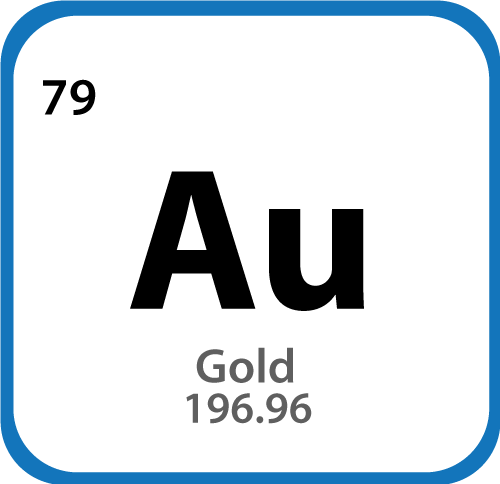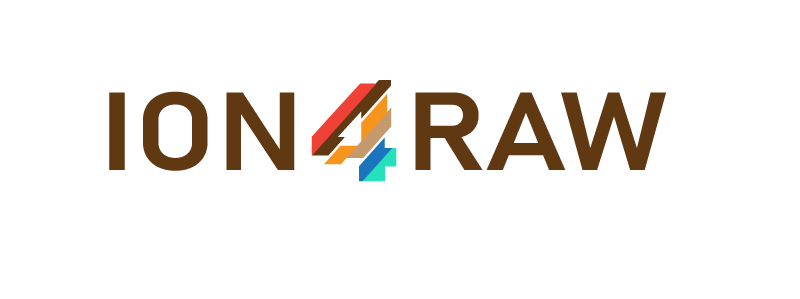About Gold
Gold is a chemical element with the symbol Au (from Latin: aurum) and atomic number 79, making it one of the higher atomic number elements that occur naturally. In its purest form, it is a bright, slightly reddish yellow, dense, soft, malleable, and ductile metal. Chemically, gold is a transition metal and a group 11 element. It is one of the least reactive chemical elements and is solid under standard conditions. Gold often occurs in free elemental (native) form, as nuggets or grains, in rocks, in veins, and in alluvial deposits. It occurs in a solid solution series with the native element silver (as electrum) and also naturally alloyed with copper and palladium. Less commonly, it occurs in minerals as gold compounds, often with tellurium (gold tellurides).

Key facts
- Symbol: Au
- Melting point: 1064.18 °C
- Atomic number: 79
- Atomic mass: 196.96657 u
Criticality
Most of the targeted by-products elements are Critical Raw Materials (CRMs). CRMs combine raw materials of high importance to the EU economy and of high risk associated with their supply. Gold is not part of the EU 2020 Critical Raw Materials List.
Main uses of Gold
Monetary uses: monetary uses include investment and holding of Gold reserves by central banks.
Jewellery: the most important non-monetary use of Gold is in jewellery. Between 2012 and 2016, Gold jewellery accounted for about 51 % of total demand.
Technical applications & Electronic devices: applications include high-specification and high-quality components, connectors, switch and relay contacts, soldered joints, connecting wires and connection strips.
And also: in dentistry, decorative purposes, high technology industries, space industry, auto-catalysts, fuel cells and the manufacture of chemicals.

